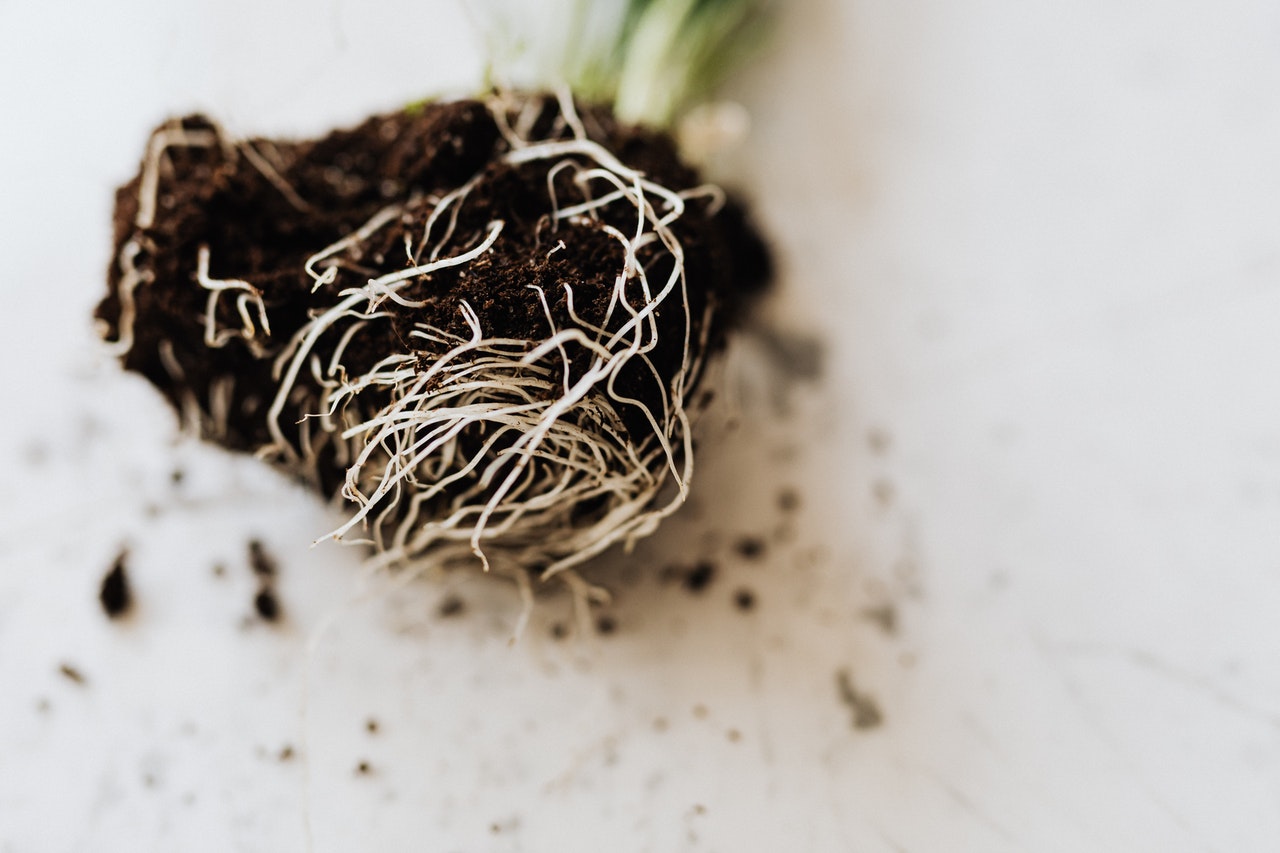By Jessica Williams, Ph.D. Candidate at Montana State University’s Barley, Malt & Brewing Quality Lab
In a semi-arid climate, it is important for crops to produce high yields and quality even if water is lacking. Since root systems are the part of the plant that absorbs water, they are a likely target for crop breeders to focus on for improving drought tolerance. However, roots are difficult to study because they are underground. So, we conducted an experiment on a collection of different wheat and barley varieties to see if there were differences in their root systems and if any particular root characteristics helped the crop thrive in dry conditions. We also examined the same collection of varieties in the greenhouse to see if there were any seedling root traits that we could measure quickly and easily and would match up with root traits on the farm. Our results could help wheat and barley breeders be able to select for beneficial root systems without having to screen them in the field.
To look at roots in the ground, we conducted a field trial over three growing seasons at the Montana State University Northern Agriculture Research Center (Havre, MT) and used tools called minirhizotrons.

These are four-foot-long clear acrylic tubes that we bury at an angle in the middle of our wheat and barley plots after planting. As the plants grow, some of their roots come into contact with the tube. Then, at different times during the growing season, we put a specially designed scanner into the tube, which takes a picture of the surrounding soil and roots. From these images, we can determine how much root length there is at different depths. The results from this study indicate that having more roots, especially deeper in the soil, and roots that continue to grow after the plants start producing grain, leads to better grain yield and quality in this dry environment.
In the greenhouse, we grew plants in rolls of paper so that after ten days we could unroll the paper, pull out the roots, and easily scan them in a tray of water on a regular office scanner.

Some more testing will be needed to be confident in matching what we observe in the greenhouse to what we observe in the field, but we are seeing some patterns. For example, it looks like the angle between roots as they emerge from a seed is connected to whether the variety will produce more deep or shallow roots in the field.

Something interesting is that wheat and barley roots are different from each other for this comparison. A narrow root angle in the greenhouse leads to more deep roots in the field for wheat, but more shallow roots for barley. Breeders may be able to use this greenhouse examination process to easily select for drought-tolerant root traits, but they will need to select for different things depending on which crop they are working with. Hopefully, this project will lead to even more understanding of how root systems work in drought-prone areas and the development of crop varieties that perform even better in these challenging farming conditions.



You must be logged in to post a comment.